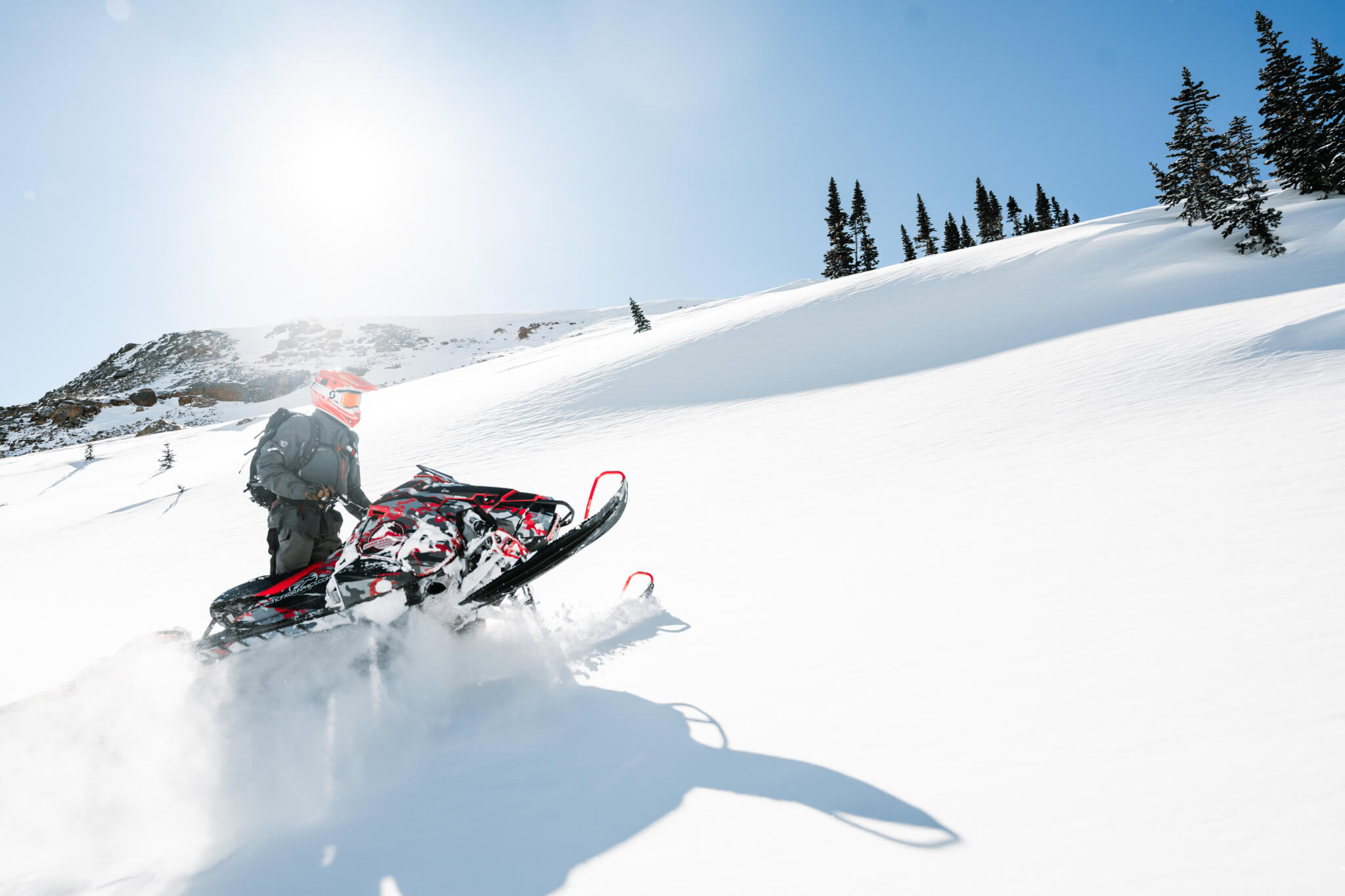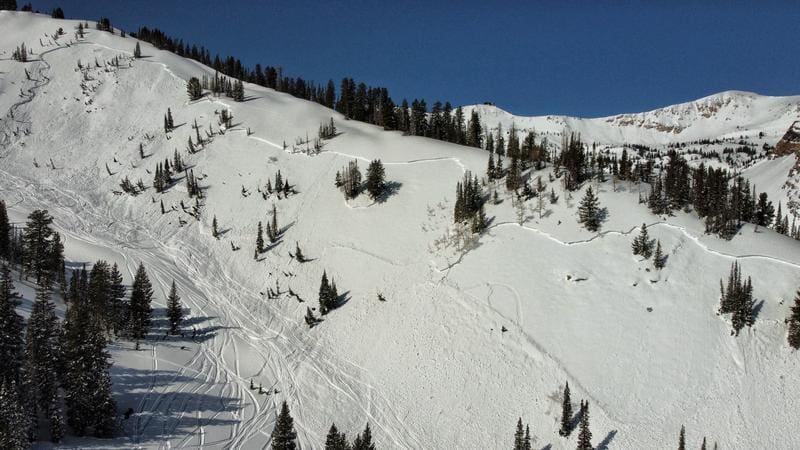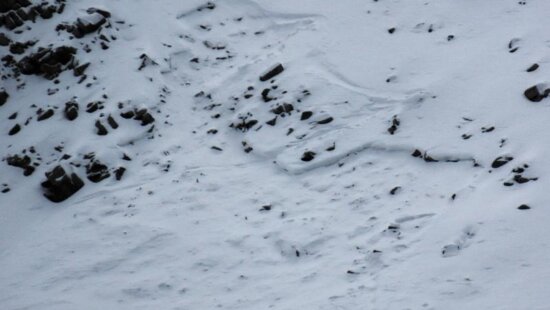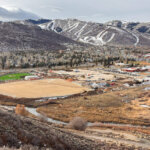Sports
Fate of Park City Mountain Resort Backcountry Access Hangs in the Balance
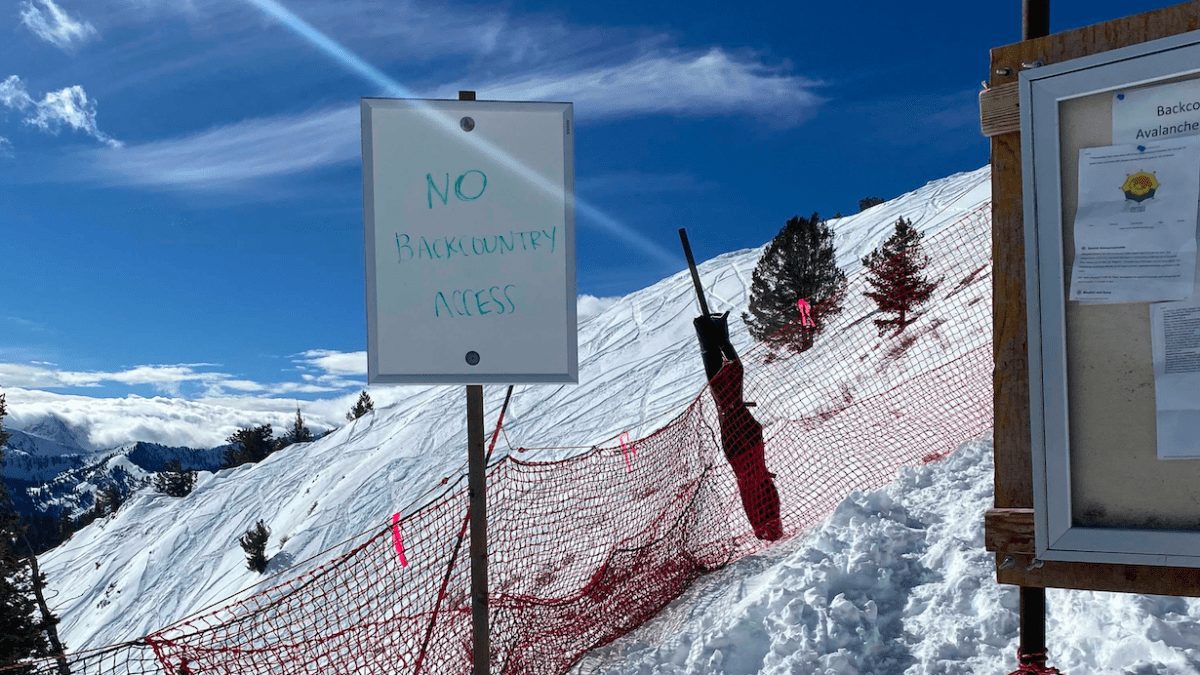
The backcountry gates at the Canyons remain closed, which has sparked ire and frustration among backcountry enthusiasts. Photo: TownLift
PARK CITY, Utah — Vail Resorts and the U.S. Forest Service have long worked together on a shared interest: safe public recreation. In the wake of two deadly avalanches last month and a season-long forecast of heightened backcountry danger, each entity is now considering ways to simultaneously satisfy the public’s desires and manage the public’s risk.
The gate to backcountry ski & snowboard terrain just outside the Canyons resort is owned by Vail; skiers and boarders regularly use it to access federally-owned backcountry via the 9990 chairlift. The gate was closed Feb. 1 following the death of Parkite Kurt Damschroder in an avalanche the day before; that tragedy came just three weeks after another Utah man died in an avalanche in the same area.
According to Ben Kraja, winter sports and special uses program manager in the Salt Lake Ranger District of the U.S. Forest Service, the USFS and Vail will discuss the access gate next Tuesday as one agenda item of a regularly occurring meeting. Kraja added that he is hoping for productive dialogue and that the USFS is “very interested in maintaining a certain level of backcountry access to public lands.”
In the interest of public safety, the USFS is preparing potential solutions to discuss with the resort next week. “We’re working on coming up with internal solutions to be ready to come to the meeting next week with options to benefit the public,” Kraja said.
Part of that brainstorming will involve close consultation with the Utah Avalanche Center. Possible ways to heighten safety might include moving the gate to a less accessible location, requiring a buddy system and a check for shovels, beacons and probes for anyone entering the area, and possible high-tech solutions such as scanning people for equipment just like lift scanners currently check tickets, he said.
“Basically everything’s on the table. From our end I’d like to bring in folks from Utah Avalanche Center to hopefully come up with a collaborative solution,” Kraja said. “Whether it’s that gate or whether it’s somewhere else, having some form of public access would be beneficial to all.”
But he noted that while the Forest Service can offer input, decisions are completely out of the government’s control since the gate is owned by Vail. Kraja meets with resort officials throughout the region weekly if not more frequently, and said the USFS has a good working relationship with Vail. However, the gate closure has strained relationships between backcountry enthusiasts and the gatekeepers – and has revealed confusion about just whose gate it is.
“The misconception folks have is that we have a say in their management actions,” Kraja said. “That is privately owned land. PCMR is not under a special use permit.”
Vail declined to comment on Thursday.
A private gate to an enticing swath of public land is an unusual situation, and has produced an unusual land use quandary that involves personal rights and freedoms, the financial realities of managing heavily used yet extremely dangerous areas, and the specter of liability: Any entity assuming responsibilities for protection and public awareness might automatically incur some measure of liability when things go wrong, as they regularly do in the wilderness.
“The Forest Service manages 2.2 million acres of land. For us to go out and sign every single hazard in the forest is unrealistic,” said USFS Public Affairs Manager Loyal Clark. “When you talk about closing a gate and having someone stand there, that isn’t sustainable for us. We don’t have the staff to do that. People have to be responsible for their own safety. With the gates, we do encourage the ski resorts to manage those gates based on what those conditions are out there. That is part of the discussion.”
By definition, public lands are open to the public except in cases of catastrophic events like fire, earthquake or flood. Anyone, whether a large corporation or the U.S. government, would be taking on increased liability by attempting to regulate public safety in the wilderness. Nor does the public want to be told what to do in the backcountry, as has been made abundantly clear to Forest Service employees.
“We experience backlash sometimes when we encourage people not to go into the backcountry – people don’t want the federal government telling them what they can do on public land,” Clark said. “There are two sides to this.”

















